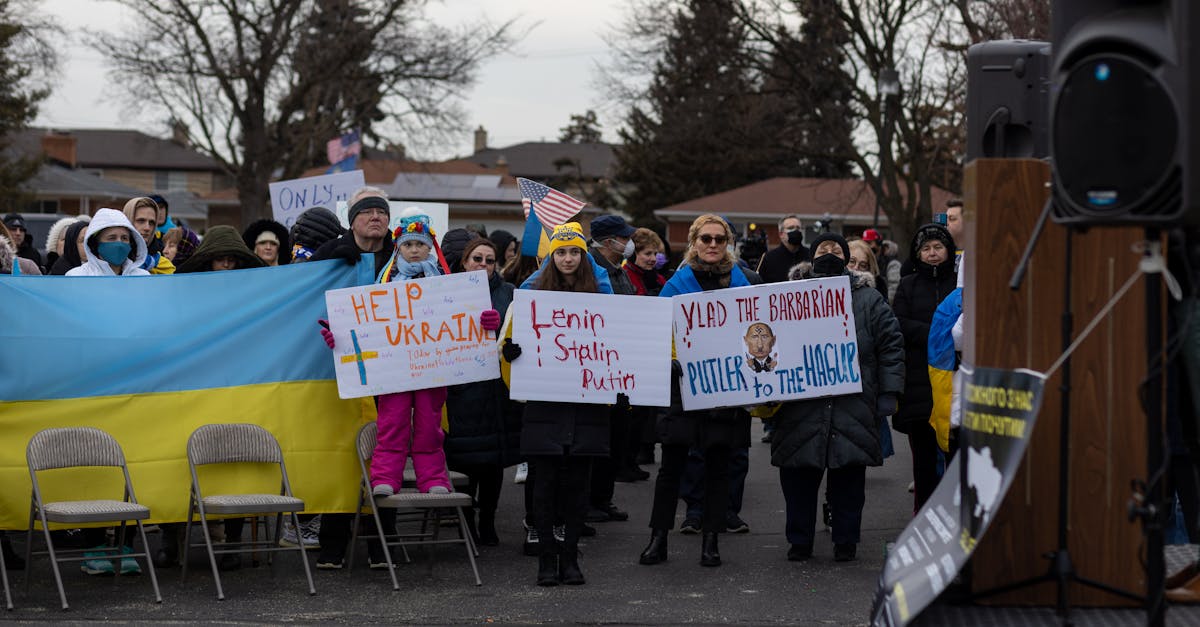In a significant development, Ukrainian President Volodymyr Zelenskyy has expressed strong support for a new ceasefire proposal following recent discussions among Western allies, facilitated by UK Prime Minister Keir Starmer. This initiative is crucial in the ongoing efforts to bring an end to hostilities between Ukraine and Russia, which have persisted for over a year. The proposal seeks a 30-day full ceasefire aimed at allowing humanitarian access and fostering diplomatic negotiations. Zelenskyy’s endorsement reflects Ukraine’s commitment to peace and the need for international support to achieve lasting stability in the region.
In this blog post, we will explore the implications of the proposed ceasefire, the role of international diplomacy, and the potential outcomes for Ukraine and its allies. We will also discuss the historical context of the conflict, the perspectives from both sides, and how this recent proposal fits into broader geopolitical dynamics.
The Context of the Conflict
The conflict between Ukraine and Russia escalated significantly in 2022 when Russia launched a full-scale invasion. Since then, the situation has evolved with various fronts emerging, casualties mounting, and a growing humanitarian crisis. The war’s impact extends beyond the region, affecting global economies and international relations. It’s imperative to understand the backdrop against which this ceasefire proposal has emerged.
The ongoing war has led to devastating consequences for the Ukrainian people, resulting in severe infrastructure damage and the displacement of millions. Reports suggest that over 14 million Ukrainians have been forced to leave their homes, highlighting the urgency of restoring peace.
What the Ceasefire Proposal Entails
The recently proposed ceasefire lasts 30 days and aims for an immediate halt to hostilities. The proposal encourages both Ukrainian and Russian forces to withdraw from several combat zones, allowing humanitarian organizations to deliver aid to affected areas. This pause in conflict could provide a much-needed respite for civilians caught in the crossfire.
According to the Ukrainian government, the ceasefire is essential for facilitating negotiations with Russia. The hope is to use this time to pave the way for a dialogue that could lead to a more permanent solution. The details of the proposal were outlined in a recent press briefing, underscoring Ukraine’s willingness to explore peaceful avenues.
The Role of International Allies
International support plays a critical role in Ukraine’s strategies and responses to the ongoing conflict. The recent virtual talks included various Western allies, demonstrating a united front. Countries such as the United States, Canada, and EU members have extended their support, emphasizing the need for a coordinated response.
Western nations have provided Ukraine with military aid, financial support, and humanitarian assistance. As articulated by a NATO spokesperson,
“Our commitment to support Ukraine remains unwavering.”
This collective effort is essential as Ukraine navigates its complex relationship with Russia and seeks to uphold its sovereignty.
Challenges to Achieving Ceasefire
While the ceasefire proposal appears promising, significant challenges remain. Both sides have a history of mistrust, and previous ceasefire agreements have often been violated. Russia’s strategy has been scrutinized, with military analysts warning that they may not adhere to a ceasefire if it does not align with their broader objectives.
“The road to peace is fraught with obstacles,” states Professor John Doe, political analyst. “It requires genuine commitment from both parties.”
Moreover, internal pressures within Ukraine also pose a threat to the ceasefire. Hardline nationalists may resist any perceived concessions, while the Russian government faces its domestic challenges. The fate of the ceasefire hinges on balancing these competing interests.
The Humanitarian Perspective
Humanitarian concerns are at the forefront of this proposal. The war has had a devastating impact on the civilian population, with millions needing urgent aid. Organizations like the Red Cross have highlighted the need for safe passages for aid delivery.
Reports indicate worsening conditions in many regions, with a lack of food, clean water, and medical supplies leading to a humanitarian disaster. A ceasefire could facilitate the delivery of essential services, making it a crucial aspect of any agreement.
Future Implications for Ukraine and Russia
Looking ahead, the ceasefire’s success could reshape the geopolitical landscape in Eastern Europe. Analysts speculate that if successfully implemented, it may lead to renewed discussions about Ukraine’s future and Russia’s influence in the region.
Maintaining international support while navigating the delicate internal dynamics within Ukraine will be essential. Both nations will need to evaluate their strategies and consider the long-term implications of their actions during this ceasefire period.
Conclusion and Key Takeaways
In conclusion, the recent 30-day ceasefire proposal marks a critical juncture in the ongoing conflict between Ukraine and Russia. While it provides an opportunity for dialogue and humanitarian relief, significant challenges remain regarding implementation and adherence.
Key takeaways include the importance of international support, the role of diplomacy in conflict resolution, and the necessity of addressing humanitarian crises. As Zelenskyy welcomes the proposal, all eyes will remain on both Ukraine and Russia to see how they navigate this complex moment in their histories. The commitment to peace will define their futures and potentially alter the balance in Eastern Europe.
